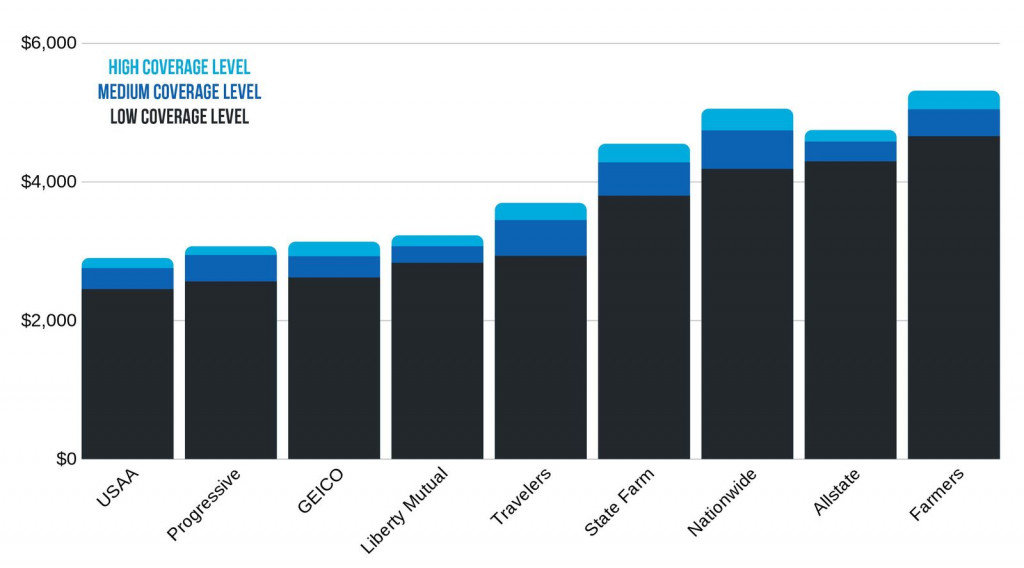
Employers consider health insurance an essential part of their compensation. The cost of these benefits has risen steadily over the past decade. Prescription drug costs, increasing deductibles and rising health system pricing are just a few of the reasons. These trends are driving the rise of premiums and depressing wages. Employers are becoming frustrated with the rising costs and administrative burdens. Some employers are searching for non-wage alternative jobs.
Employers are using more wearable devices for their wellness programs. According to a survey, one fifth of employers now collect data on wearable devices. Although the main driver of the market for health insurance is price increases, employers are now looking at other payment options to keep their employees healthy.
The Congressional Budget Office predicts that in the next ten-years, the number Americans who receive health coverage through employer-sponsored programs will remain at the current 159 million. Health insurance will still be tax-favored. However, the cost of single coverage in 2019 will be higher than 9.86% of household's income.

Premiums are not just the cost of the health insurance, but also the cost of deductibles. A quarter of American workers have a minimum $2000 deductible. The deductible for workers in the United States is approximately $2,000. Many businesses are now opting to be self-insured, which can reduce the overall cost of benefits. The self-insured plan can save money if claims are low. Employers are responsible for paying extra if the claim is larger than they expected.
The age mix of employees determines the rates for small groups. For example, in Massachusetts, workers under age 25 pay an average of $1186 per year, while those over the age of 25 pay about $6,896.
Employers with larger budgets have greater control over the coverage of their employees' plans. Large employers usually offer a biometric screening for employees. Employers also have the option of a wellness program that encourages employees to seek out lower-cost providers. Employers in the public sector have the option to customize their health care plans to suit their individual needs.
The Affordable Care Act will shift employers with 51 to 100 employees into a merged health insurance market in 2016. These employers will see a rise in premiums of up to 9 percent. States are required to establish a rate each year. The annual penalty for those who don't provide affordable plans is $3,480

In order to comply with the ACA, some small employers must make additional contributions to subsidize health insurance for their workers. Massachusetts employers are required by law to contribute $50 annually per employee.
Despite these requirements, the number of employers offering health insurance continues to decrease. After a decade of rapid increases, many small employers are frustrated with the uncontrollable cost of benefits. Despite the fact that health insurance rates have not increased for most employers, some employers are still struggling to retain their employees.
As unemployment remains low, so is the difficulty in keeping employees. This is a problem for employers. Employers that don't offer their employees health insurance will face a $2320 per-employee penalty. You can also face thousands in fines if you fail to comply COBRA. This law requires employers offer ongoing health care to their employees.